I have said this for years
bus_driver
11 years ago
Related Stories

LIFEYou Said It: ‘I Knew This Home Had to Be Mine’ and More Quotables
Design advice, inspiration and observations that struck a chord this week
Full Story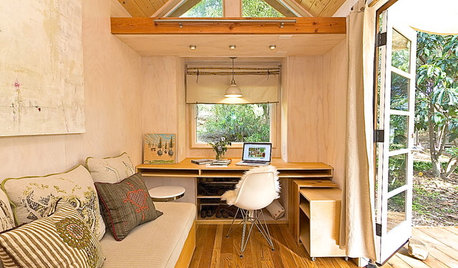
LIFEYou Said It: ‘I’m Never Leaving’ and More Houzz Quotables
Design advice, inspiration and observations that struck a chord this week
Full Story
LIFEYou Said It: ‘I Actually Prefer Small Houses’ and Other Quotables
Design advice, inspiration and observations that struck a chord this week
Full Story
LIFEYou Said It: ‘Happy Is Such a Good Thing’ and More Quotes of the Week
Holiday prep and New Year’s plans have been filling our time at home this week
Full Story
LIFEYou Said It: ‘Don't Panic’ and More Wisdom of the Week
Design advice, inspiration and observations that have struck a chord for the new year
Full Story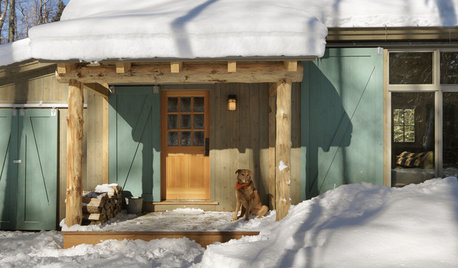
LIFEYou Said It: ‘Do What Feels Natural to You’ and Other Houzz Quotables
We’re winding down the holiday season and starting 2015 full of inspiration and ideas
Full Story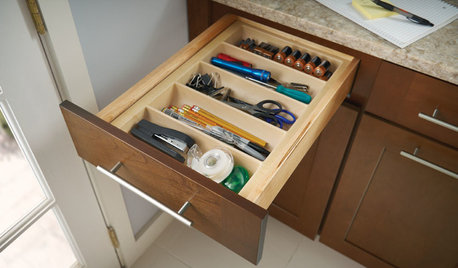
LIFEYou Said It: “Call It the ‘Really Useful Stuff’ Drawer” and More
Houzz design advice, inspiration and observations that struck a chord this week
Full Story
LIFEYou Said It: ‘Life Is Better When the House Is Clean’ and More
Highlights from the week include great advice for a clean, organized and happy 2015
Full Story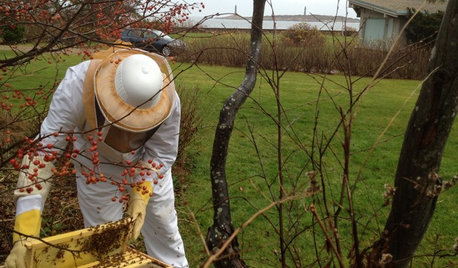
LIFEYou Said It: ‘You Can Help Save the Bees’ and More Houzz Quotables
Design advice, inspiration and observations that struck a chord this week
Full Story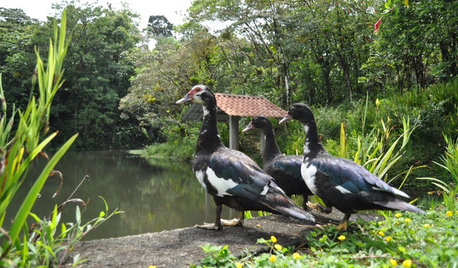
LIFEYou Said It: ‘The Birds Will Thank You’ and More Houzz Quotables
Design advice, inspiration and observations that struck a chord this week
Full Story









ionized_gw
Elmer J Fudd
Related Professionals
Asheboro General Contractors · Lakewood Park General Contractors · Livermore General Contractors · Montclair General Contractors · River Forest General Contractors · Saint Andrews General Contractors · Texas City General Contractors · Security-Widefield General Contractors · Carpinteria Solar Energy Systems · Chino Hills Solar Energy Systems · Clearwater Home Automation & Home Media · Fox Chapel Home Automation & Home Media · Glenview Home Automation & Home Media · Los Angeles Home Automation & Home Media · St. Johns Home Automation & Home Mediallaatt22
bus_driverOriginal Author
bus_driverOriginal Author
ionized_gw
greg_2010
brickeyee
weedmeister
ionized_gw
ionized_gw
bus_driverOriginal Author
brickeyee
ionized_gw
ionized_gw
brickeyee
ionized_gw
llaatt22
weedmeister